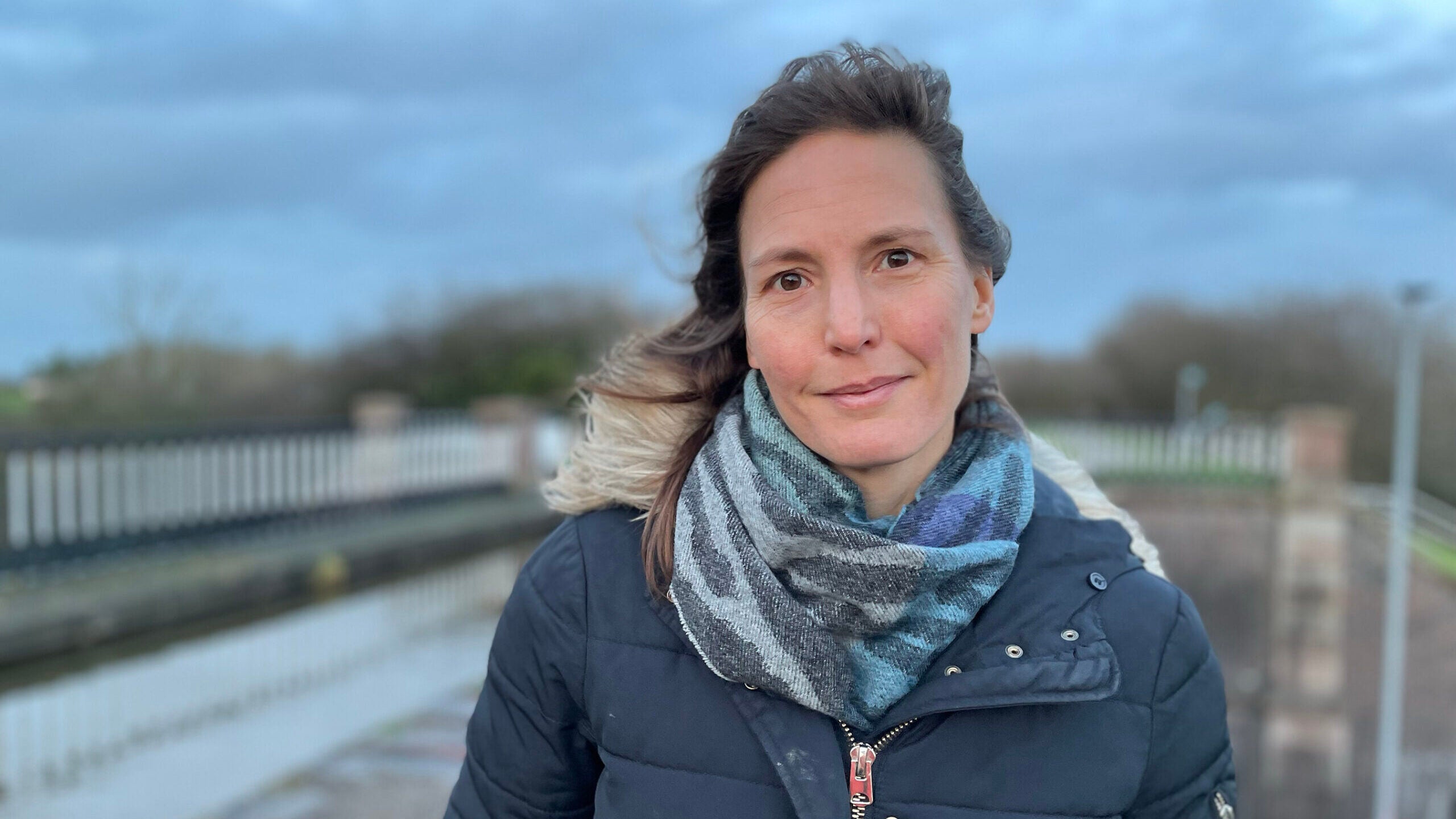The lecture will take place Wednesday, Nov. 1, at 6 p.m.
October 25, 2023
Author, oceanographer and physicist Helen Czerski will share stories of history, culture and animals to illustrate the mechanisms behind the Earth’s ocean when she visits the University of Rhode Island’s Narragansett Bay Campus for a special lecture.
Czerski, who recently published her new book, The Blue Machine: How the Ocean Works, is a former postdoctoral fellow at the URI Graduate School of Oceanography. Now based at University College London’s Department of Mechanical Engineering where she studies the physics of breaking waves and bubbles at the ocean surface, Czerski is the author of The Blue Machine and Storm in a Teacup and is a columnist for the Wall Street Journal, writing regularly about the physics of everyday life. She has been a regular science presenter on the BBC for more than ten years.
The event, which begins at 6 p.m., will be held in-person in Corless Auditorium on URI’s Bay Campus. Copies of The Blue Machine will be available for purchase. More information and free tickets are available online.
This will be the first time that Czerski has returned to the Bay Campus since her postdoc. “It’s exciting to be coming back to GSO. My time there was my first real immersion in the world of large-scale physical oceanography. I’m really grateful for that, and to the GSO community for being so welcoming.“
In The Blue Machine, Czerski offers a new perspective on the ocean, not as a distant and static splash of blue on the world map, but as a dynamic and living engine whose complex machinations set the tone for life on planet Earth.
From food production to trade to war, the ocean has always had immense influence on human affairs, even when that influence goes unnoticed. Czerski’s book transports readers from the tropical shores of Hawaii to the ice floes of the Earth’s polar extremes, follows the purposeful migrations of massive blue whales and the aimless drifts of single-celled plankton, and communicates the awe-inspiring beauty and seamless efficiency of the world’s largest and most sophisticated engine.
Along the way, Czerski sets out to explain the natural mechanisms that power the “ocean engine,” the seemingly simple physical properties—light, heat, and movement—that drive underwater currents, create waves that shape the coastline, store and transport energy, and redistribute the ingredients for life around the globe. Wind, gravity, tides, polar ice, and other forces create a stunning mosaic of difference in ocean life and movement. Light and sound allow diverse organisms beneath the sea to communicate both short range via visual signaling (often produced using bioluminescence) and soundwaves which can travel extraordinary distances under the right circumstances. The ocean’s “passengers”—mostly tiny invisible entities such as elemental atoms and single-celled organisms—passively drift across the ocean providing the building blocks necessary to promote and sustain life. Filled with deep complexity and great beauty, these interconnected forces all play a crucial role in the never-ending and self-sustaining cycle of ocean life.
In The Blue Machine, Czerski outlines how climate change has caused a severe energetic imbalance leading to intensified storms, ocean acidification, the disruption of oceanic food webs, and rising sea levels among other problems. Yet she writes that there is still time to repair, or at least alleviate, the damage humanity has caused to our oceanic environment.
Czerski hopes that those who attend her lecture will see the ocean differently afterwards. “To look out over the same ocean view in the Ocean State that they’ve always seen, but to have a greater appreciation of what the water itself is doing under the surface, and how it creates the world we take for granted. But I’ll settle for them leaving with some memorable stories, some interesting ideas, and, most importantly, having had fun.”

